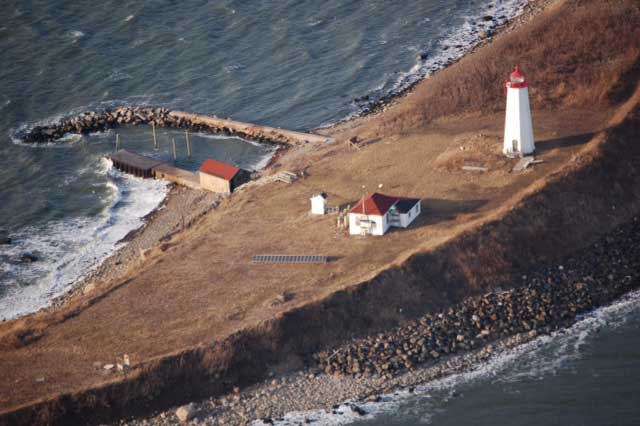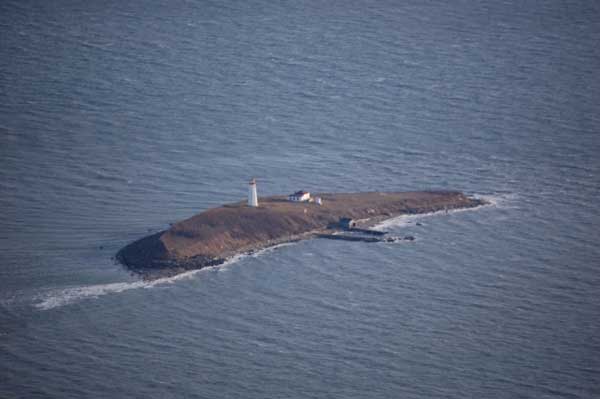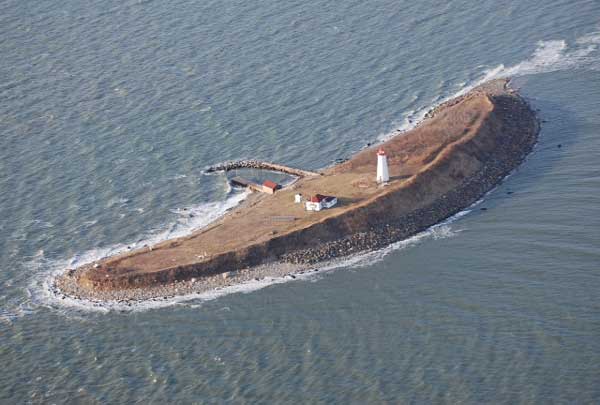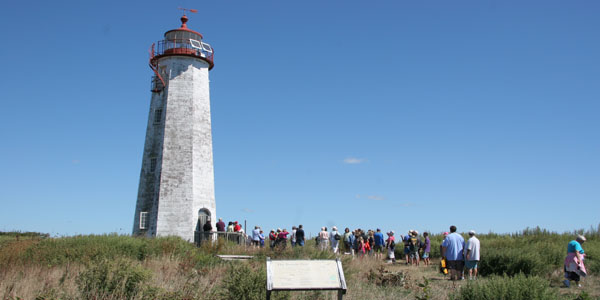by Zoe Diaz-Martin, Intern USF&WS
Sunday, June 30, 2013

This year hatching on Falkner began around the 12th of June. On tern colonies many eggs hatch right around the same time, shortly after the first eggs hatch, creating a hatching peak. The annual tern census is completed right after the first eggs hatch and right before the hatching peak. During the tern census, we tally every common tern nest on the island as well as the number of eggs and chicks in each nest. The 2013 census was successfully completed on June 13th. We tallied thousands of nests. Falkner Island has 2974 common tern nests this year which is 478 nests more than last year despite habitat losses to the beaches. That means that the terns do not have as much space as in 2012 but there are more of them. This “crowding” may cause more competition for resources amongst the terns.

This year’s hatching peak has just ended. We currently have 86 banded common tern chicks and 22 banded roseate chicks. Although the peak is over, we still have a few chicks hatching everyday. The hatching peak is a very exciting time and we are kept very busy as we sometimes have up to 25 chicks to band on one day. In case you are not aware of what “banding” is, it entails applying a small metal band to a bird’s leg using special banding pliers. The band information is sent into an international database, and later when these bands are re-sighted or collected, the individual bird’s information will be recorded. This way we can track a bird’s movement around the globe. And don’t worry, the birds aren’t harmed at all during this process as they are handled for a very short period of time!

It is also exciting to have the chicks around, although their presence has made the parents even more territorial. The chicks are extremely cute and in their first week or so look like little balls of fluff roaming around. We now have to be even more careful when walking around the island since these mobile chicks hide in the vegetation or sometimes try to find shelter underneath your boot.
Over the past month I have spent a lot of time watching both common terns and roseate terns while re-sighting bands or searching for roseate nests. During this time I have noticed some interesting differences between the common and roseate terns in both appearance and behavior. Don’t get me wrong, I have great appreciation for the common tern, and it definitely has a special place in my heart, but I find it to be a slightly less captivating bird than the roseate tern.

This first difference you might notice between the two tern species is the bill (beak) color. During the breeding season, the common tern bill is a bright orange color with only the tip of the beak being black. This bright bill seems to correlate well with its lively personality. Second, common terns are very vocal; Falkner is almost never quiet for the terns are constantly calling. Third, they are very bold birds. They are very aggressive not only towards potential predators (which we are commonly mistaken for) but also towards each other. They seem to constantly be bickering with their neighbors and sometimes their arguments escalate into physical altercations. On occasion, you may see a bird fly over to another individual that is quite a distance away just to peck at it from above. Common terns will also come very close to humans and will even sit on our backs or hats. I see roseate terns as being the common tern’s more elegant cousin. During most of the breeding season their bills are deep ebony with their wings a contrasting pale grey and a very light rosy patch on their breasts. Their tails are significantly longer than the  common terns, which create trail streamers that flow behind them when flying. They are much more docile than their common tern neighbors, and I have rarely been mobbed by a roseate, even when handling their chicks. Their more timid nature makes them more distant, and they seldom approach humans. Finally, they have extremely distinct vocalizations. In opposition to their graceful appearances, the roseate makes a croaking “chi-vik” call, which sounds much too hoarse to be coming out of such a lovely bird. The difference in the behavior of these two species has, in part, greatly favored one over the other. The aggressive common terns have a stable population while the shy roseate tern is federally endangered. The common tern’s personality has not only helped to make it a successful species but also helps to protect the roseate offspring from predation by heavily guarding the colony from predators. Our two tern species on Falkner are very different but at the same time both fascinating and beautiful in their own ways.
common terns, which create trail streamers that flow behind them when flying. They are much more docile than their common tern neighbors, and I have rarely been mobbed by a roseate, even when handling their chicks. Their more timid nature makes them more distant, and they seldom approach humans. Finally, they have extremely distinct vocalizations. In opposition to their graceful appearances, the roseate makes a croaking “chi-vik” call, which sounds much too hoarse to be coming out of such a lovely bird. The difference in the behavior of these two species has, in part, greatly favored one over the other. The aggressive common terns have a stable population while the shy roseate tern is federally endangered. The common tern’s personality has not only helped to make it a successful species but also helps to protect the roseate offspring from predation by heavily guarding the colony from predators. Our two tern species on Falkner are very different but at the same time both fascinating and beautiful in their own ways.






















